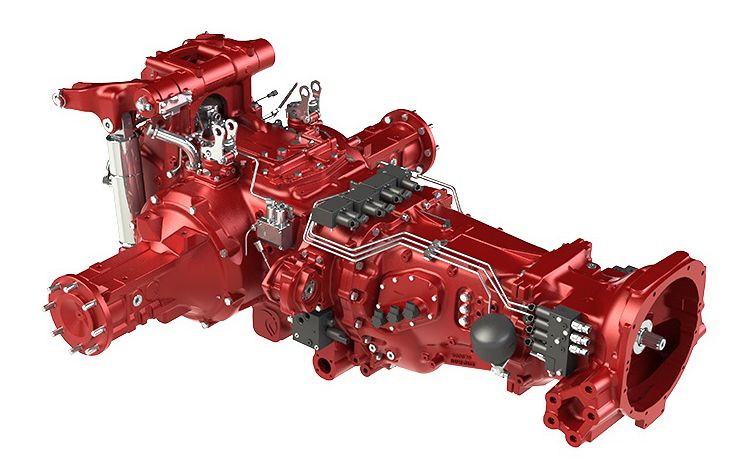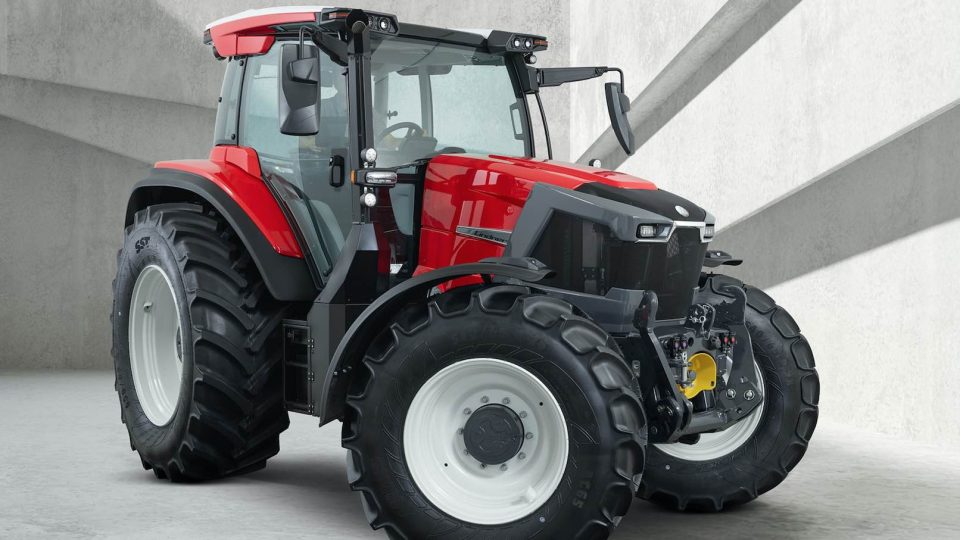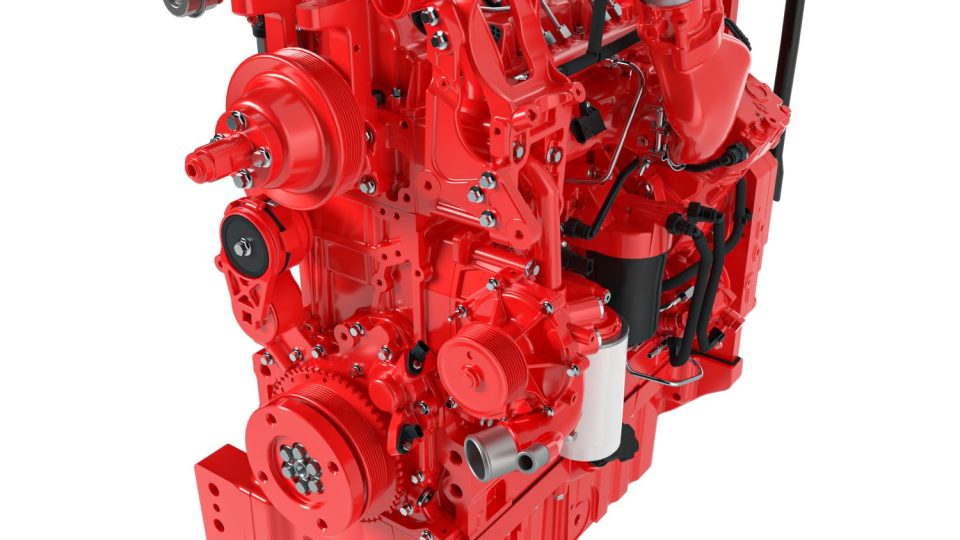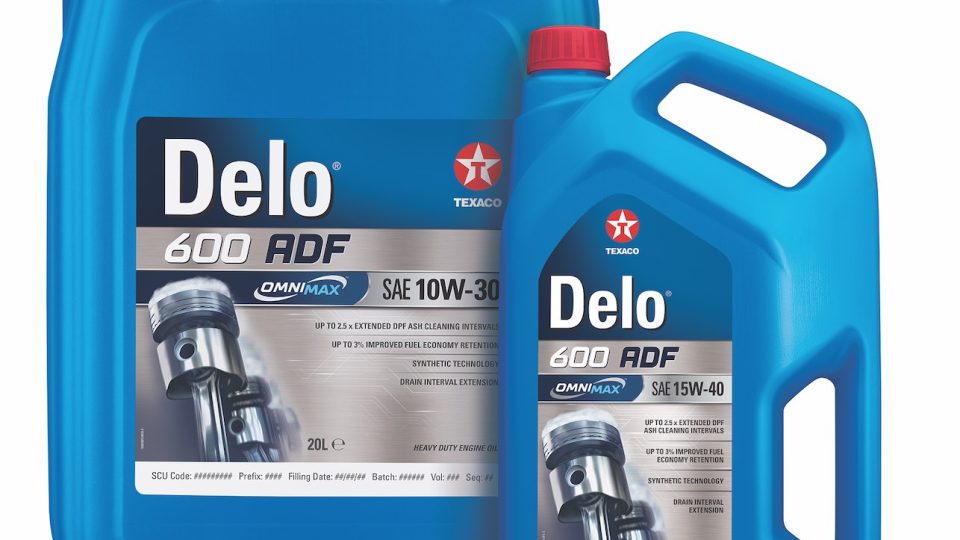Comparison 1.5 liters industrial engines
We post the 1.5 liters displacement engines comparison published on POWERTRAIN November issue. A meta-comparisons, because we emphasize the 2001 lineup compared to the current portfolio
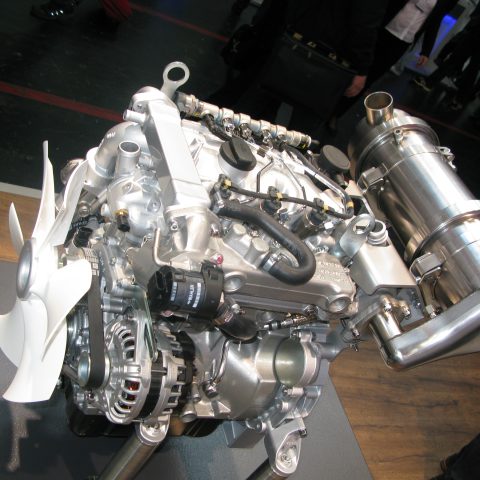
Thinking about 1.5 liters engine displacement, in other times it would have come natural to us to look not only upwards (as we did in a recent comparison, which also includes the 1.86 liter KDI 1903M from Kohler), but also downwards, even looking at the oversized single cylinder engine (for example, the D series by Hatz) or the twin cylinders, species now in danger of extinction. Less performing but extremely compact units.
1.5 liters Diesel engines, 20 years ago
Pointing the finger at the world map of engines for mobile applications, at 1.5 liters we find the twins from Caterpillar and Perkins, Hatz, with its best in class, split between 3 and 4 cylinders (and two liters of engine displacement) and Yanmar. We are obviously talking about three-cylinder engines. Three, a number that in the cabal stands for the synthesis and conciliation between parties. It is clearly a constant. We went through the annals of our DIESEL magazine, taking a twenty-year leap back. In 2001, an epochal year, more than the jubilee year (the Euro, the G8 in Genoa and the Twin Towers, just to mention some), the protagonists were six. A sign of continuity between the past and the present is the Perkins 400 series, which confirms stroke and bore, a reminder of the alliance with Shibaura. Yanmar enjoyed its place in the sun among gardening engines, along with fellow citizen Kubota, which formed a terrific trio with Isuzu. Japan is the home of construction machinery characterized by the suffix ‘mini’ and still reflects its light on earth moving. At 1,500 cubic centimeters, however, only Yanmar remained. What happened to the other two Japanese? At the time, Kubota presented the D1703E (AxC 87×98.4mm). DIESEL read, word for word: “Overall very efficient (pme at a maximum power of over 7 bar), the Kubota benefits from power and torque thanks to its generous engine displacement and then lags behind with its dimensions. Despite the high power and torque it does not excel in the Performance Index for a relatively empty torque curve at the bottom and rather stiff at the top. But what penalizes the Kubota Diesel Index is the somewhat ‘untidy’ way of assembling the aggregates. If we exclude the overall density from the optimal result, the other specific density values reflect a ‘messy’ exterior layout which has the advantage, however, of easy mechanical accessibility for both routine and extraordinary interventions. Time has passed and Kubota has reconciled the proverbial reliability with power density, conceiving the D1703, which we have excluded out of zeal (the displacement is 1.65 liters), the V3800 and even a 5-liter, disrupting the comparison, Diesel of the year 2019, the V5009”.
Yanmar 3TNV86CHT
The Yanmar 3TNV86CHT stands out for its torque reserve and power at maximum torque. Twenty years ago it was the 3Tn 84E that represented Yanmar, which, unlike its grandson, was ranked in the rear, based on the performance of the power curve. Over the years, Yanmar has given the TNV series that liveliness that has made it so appreciated among telescopic and specialized handlers.
Cat and Perkins
In 2001, Perkins had been taken over by Caterpillar for three years. At that time no trace of yellow appeared in the comparison, now impersonated by the C1.7, mirroring the Perkins 403J. The overall dimensions enhance the linearity of the Peterborough design. Even then, Perkins played a lead role, with the 403C beating its competitors. We wrote that, in relation to the previous 103-15 (from the ‘late twentieth century’ …) the half-liter barrel “with identical nominal torque is the entire momentum curve to show another trend, much more sustained. This translates into the possibility of carrying out a heavier job with a much higher speed (from 6 to 15 percent higher in the arc of use, or from maximum power to maximum torque)”. And Isuzu? The 3Ld1, “even with lower power and torque values, had a particularly full and sustained torque curve over the period of use, confirmed by the best Performance Index and the Elasticity Index lower by two points than Perkins”. Among such little engine displacements there is no news of Isuzu, which confirms itself as more and more “shy” even at sector fairs.
Lombardini aka Kohler Engines
Lombardini had not yet become Kohler and “with a relatively larger engine displacement than its competitors, the LDW 1503 proves to be particularly compact both in absolute and specific terms. It does not excel in any performance even if it is certainly very powerful (high specific power) with a fairly low degree of exploitation and stress”.
The Hamletic doubt: electric or diesel
Let’s go back to the present, which paints a picture of diesel resistance on this range, despite the electrification pitfalls materializing right here, especially on the construction site. The JCB 525-60E, the Kramer KL25.5e and the Wacker Neuson Ez17e, among others, are perfect examples. The breaking point with respect to the 2001 grid is Hatz, which conceived the H series. Both 3 and 4 cylinders, the German company showed record-breaking numbers, winning the Diesel Index and imposing itself at the apex of specific curves.
You will find soon this article on POWERTRAIN November issue.





